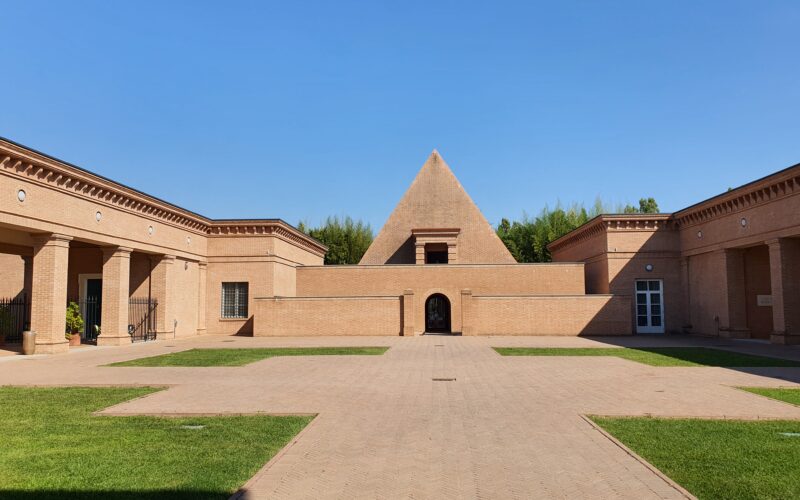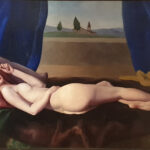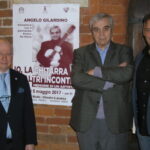In a nation renowned for its creative geniuses, Franco Maria Ricci stands as something of an enigma, a figure who seems lifted from a Gothic novella, where the protagonist is as much a guardian of the past as an architect of the future. Born in 1937 in the culturally rich city of Parma, Ricci has carved a path in an often elusive world, becoming an irreplaceable entity in the Italian artistic and cultural landscape.
Choosing a career as a publisher and graphic designer, Ricci has relentlessly pursued that ethereal thing called “beauty.” Like a modern-day alchemist, he has turned paper and ink into objects of art, successfully blending style, substance, and a profound sense of history into his editorial creations. With his publishing house, Franco Maria Ricci Editore, he has brought to life volumes that have become more than just books: they are treasure chests of art, collectible pieces that bear the unmistakable imprint of his taste and vision.
But Ricci’s desire to seek and preserve beauty hasn’t been confined to the world of publishing. He has also been an avid collector, a man who has roamed through auction halls and art markets with the eye of a hawk and the soul of a poet. His collection is a kaleidoscopic testament to his passion for art, encompassing everything from 18th-century canvases to modern masterpieces. It’s as if Ricci has aimed to capture the very essence of art itself, in his ongoing journey between the past and the present.
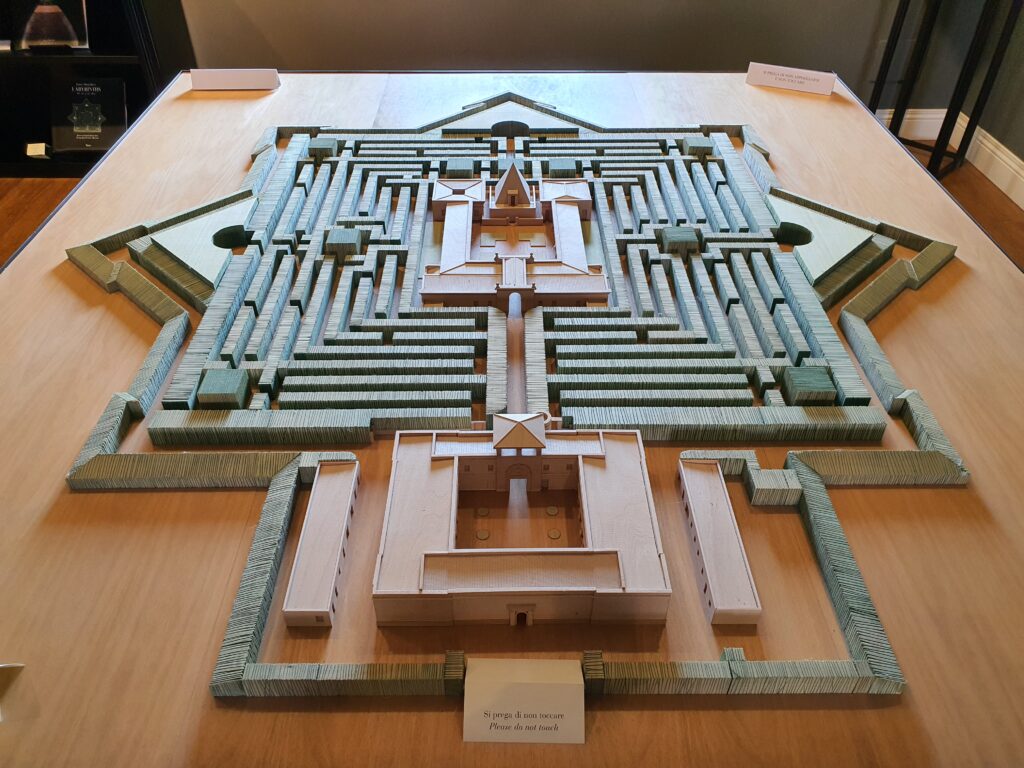
And then there’s the Masone Labyrinth, that extraordinary fusion of art, architecture, and nature, perhaps the pinnacle of his unceasing quest for beauty. Here, among the tall bamboo walls that seem to touch the sky, one feels the presence of something eternal, something transcendental. The labyrinth is a place that compels visitors to lose themselves in order to find themselves, a three-dimensional meditation on life and art.
Franco Maria Ricci has woven together the threads of art, culture, and beauty like few others have done. And although he left us in 2020, his legacy is not merely a memory, but a living dream that continues to inspire. In every page he designed, in every piece of art he collected, and in every corner of his labyrinth, echoes his invaluable contribution to culture and humanity. And so, much like in a Ruiz Zafón novella, his spirit continues to live on in the intricacies of the beautiful things he has left behind, an eternal visionary in a world always in need of dreams.

The Collection: A Journey Through the Eternity of Art
In every room of his residence and in the quiet corridors of his museum, Franco Maria Ricci’s art collection is like a library of crystallized dreams, a catalog of eras and emotions immortalized in canvas and ink. If the Masone Labyrinth is a monument to the beauty of nature and architecture, Ricci’s collection is a tribute to human ingenuity and creativity.
This vast and eclectic collection has been shaped by refined taste and an almost mystical intuition for artistic quality. Ricci never confined himself to one period or genre: his love for art embraces both the past and the present, the ancient and the modern. Yet, amidst this extraordinary diversity, there is a surprising coherence, as if each piece were a note in a broader symphony that only he could hear.
In his eternal quest for beauty, the collector has always been drawn to historical periods where art reached pinnacles of technical perfection and emotional depth. These centuries of artistic fervor have provided fertile ground for works that transcend time and space, communicating a universal sense of the human condition. In his collection, one can find works representing both classicism and modernism, a tangible demonstration of his holistic vision of beauty in art.
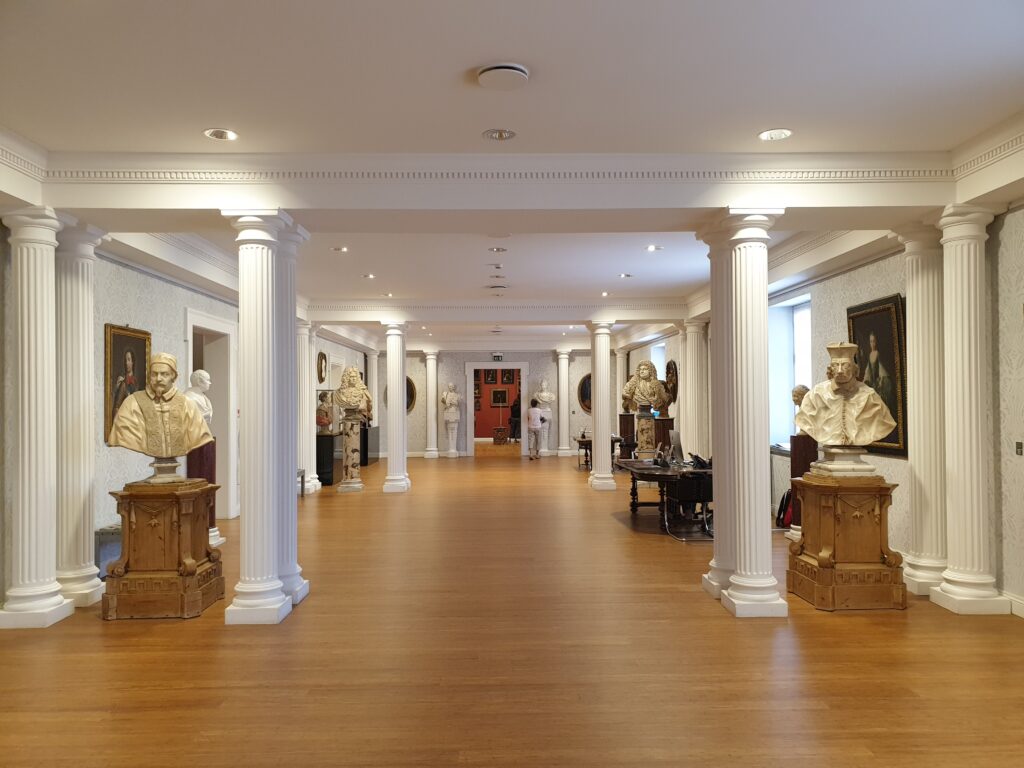
But beyond mere collection of works, his is a form of dialogue with the artists who populated the eras he so admired. These artists, both ancient and modern, are not for him just names to affix on labels in a gallery; they are fellow travelers in a constant aesthetic exploration. They are kindred spirits who, through the brush or chisel, have expressed worldviews that deeply resonate with his own.
He has never been a collector in the most reductive sense of the term, that is, someone interested only in the accumulation of objects. Rather, his collection is a journey through time and space, a path curated with love and attention, seeking to capture the very essence of beauty in all its complex facets. His was a quest that knew no limits or boundaries, a constant aspiration to touch the eternal through the finite. And on this journey, every piece of art collected becomes a stop, a moment of pause to contemplate the sublime hidden in the complexity of the world.
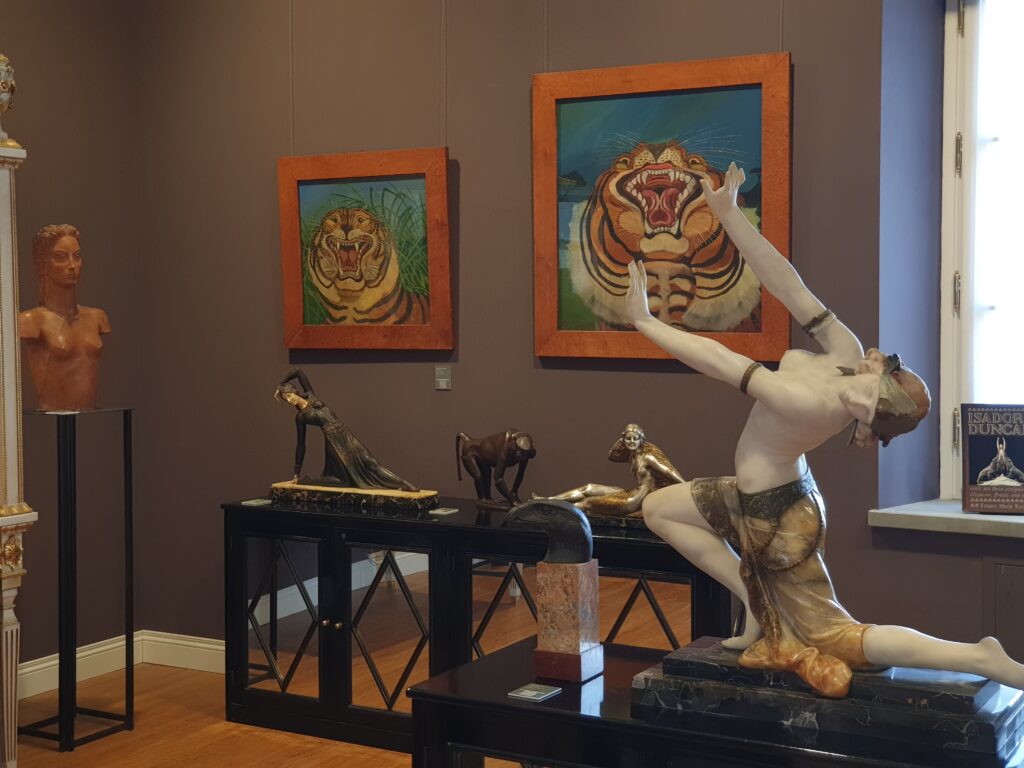
In addition to artworks, the collection also extends into the world of books. As a devoted bibliophile, Ricci has gathered a selection of rare and ancient books that are as much works of art as they are sources of knowledge. These volumes, some of which date back centuries, are like portals into other epochs, places, and thoughts.
Ricci’s collection is, in a certain sense, a microcosm of his worldview, a physical manifestation of his quest for beauty and meaning. It is an ark that carries with it the best of what humanity has to offer, an invaluable treasure that speaks not just of the depth of his taste, but also of the breadth of his curiosity.
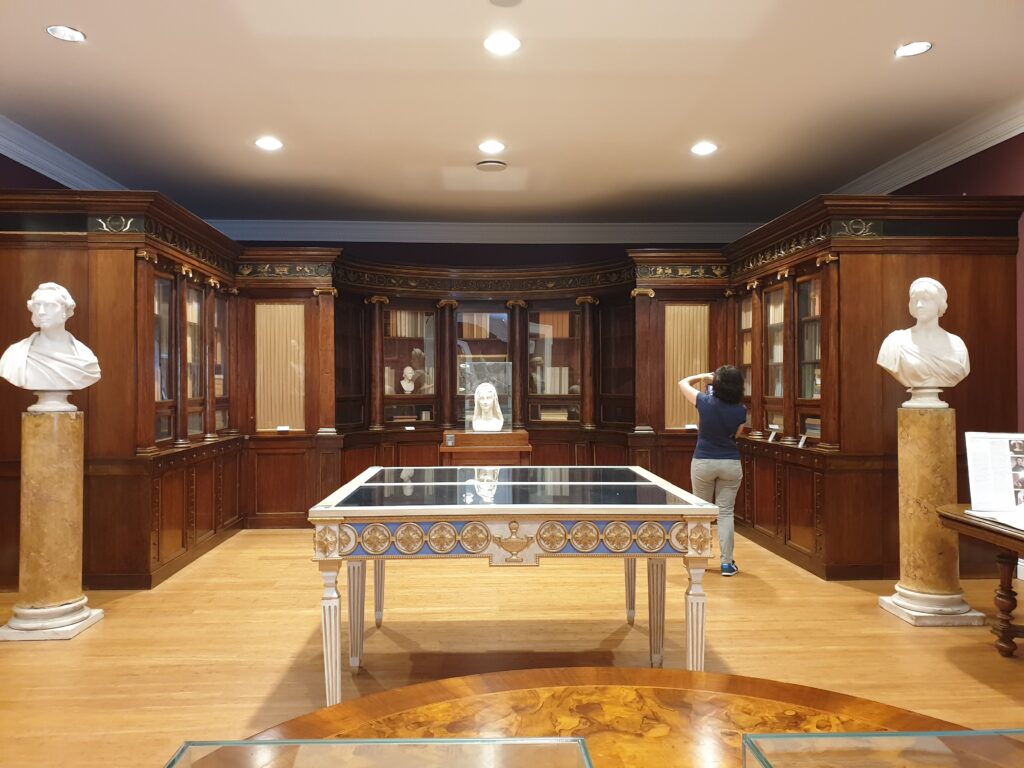
In an era dominated by the ephemeral and fleeting, where art and culture often risk being reduced to mere objects of consumption, Franco Maria Ricci’s art collection emerges as a beacon in the night. It is not just a compilation of works but rather a living testament to a lifetime commitment to discovering and preserving beauty. Like a lighthouse, it guides visitors through the storms of mediocrity and indifference, illuminating a path toward an appreciation for art that is as deep as it is enduring.
His collection is similar to his labyrinth in many ways. Both are places of exploration and discovery, realms where getting lost is a pleasure rather than a peril. In the labyrinth, each turn could reveal a new wonder or a hidden corner of tranquility. Likewise, every piece in his collection is a window into another world, another time, or even another consciousness. Each work is a treasure waiting to be discovered, and the promise of new discoveries is a commitment that is continually honored.
So, in this sense, the collection is not just an assembly of physical objects. It is rather a chapter in a broader story, that of a man for whom the pursuit of beauty was never a pastime, but a creed. A creed he followed with a commitment and passion that are, in the truest sense of the word, eternal. Thus, both in the labyrinth and in the collection, we see a microcosm of his unquenchable quest for beauty, a tangible testament to his faith in the ability of art to elevate us, to move us, and ultimately, to make us more human.
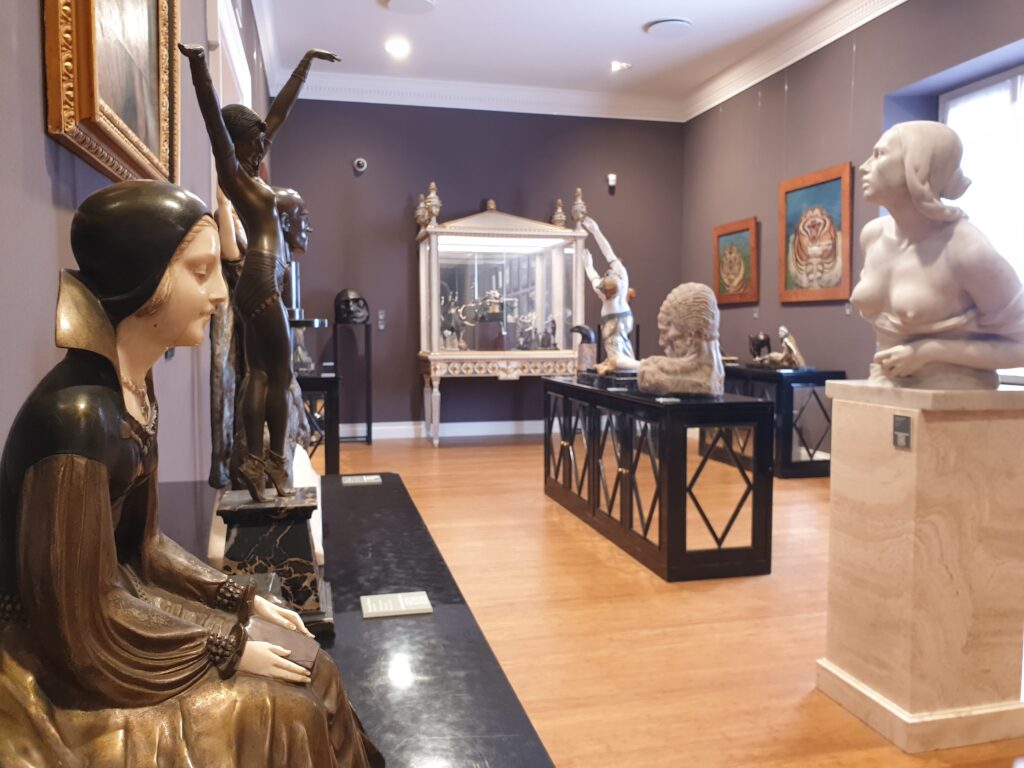
The Labyrinth: A Dream in Bamboo and Stone
Imagine for a moment strolling in a place suspended between reality and fantasy, where tall bamboo walls seem to stretch infinitely, as if trying to touch the sky. It’s here, in the heart of the Emilia plain, that Franco Maria Ricci has brought his masterpiece to life: the “Labirinto della Masone.”
Inaugurated in 2015, this bamboo labyrinth serves as a kind of “Cathedral of Nature,” the largest of its kind in the world. It’s not just a simple game of intersecting paths and trails; it’s a spiritual journey, an odyssey through centuries of culture and tradition. Comprising over 200,000 plants of various bamboo species, the labyrinth stands as a tribute to human ingenuity and the beauty of nature.
The labyrinth’s very design is a hymn to the grandeur of European art, drawing inspiration from Renaissance and Baroque labyrinths that populate the gardens of ancient Italian and French villas. Yet the addition of a modern touch, a sort of “contemporary soul,” makes it unique in its own right.
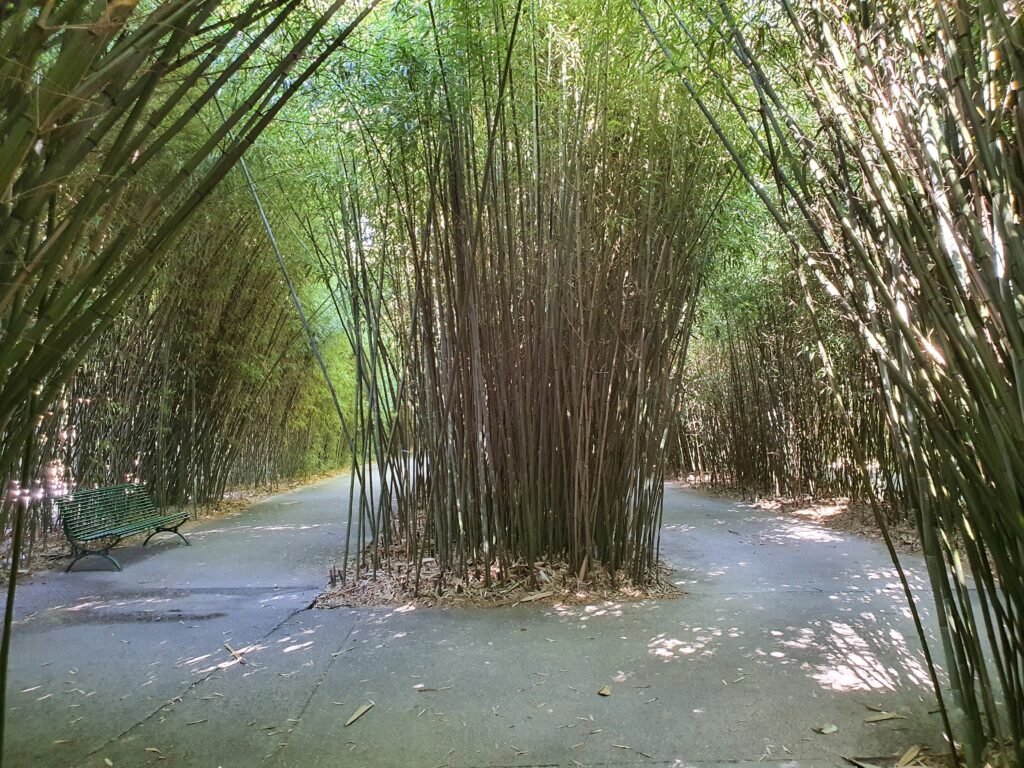
And as if the labyrinth itself were not already a triumph, hidden within it lies an even greater treasure: a complex of buildings serving as a sanctuary for art and culture. The museum hosts a selection of Ricci’s vast and incredible art collection, a place where time seems to have stood still, offering visitors the opportunity to immerse themselves in centuries of human creativity. Adjacent to the museum, a library, where books are not merely accumulated but are revered as relics of a past that still breathes.
Over the years, the Labirinto della Masone has become a mecca for travelers in search of beauty and inspiration, attracting wandering souls from every corner of the globe. It’s a place that lives and breathes Franco Maria Ricci’s vision, an oasis where art, culture, and nature blend in perfect harmony, creating an almost mystical experience.
In this labyrinth, every path is a story, every turn a mystery, and every exit a new discovery. And so, like a modern-day Minos, Franco Maria Ricci invites us into his world of wonders, a labyrinth where getting lost is, paradoxically, the only way to find oneself.
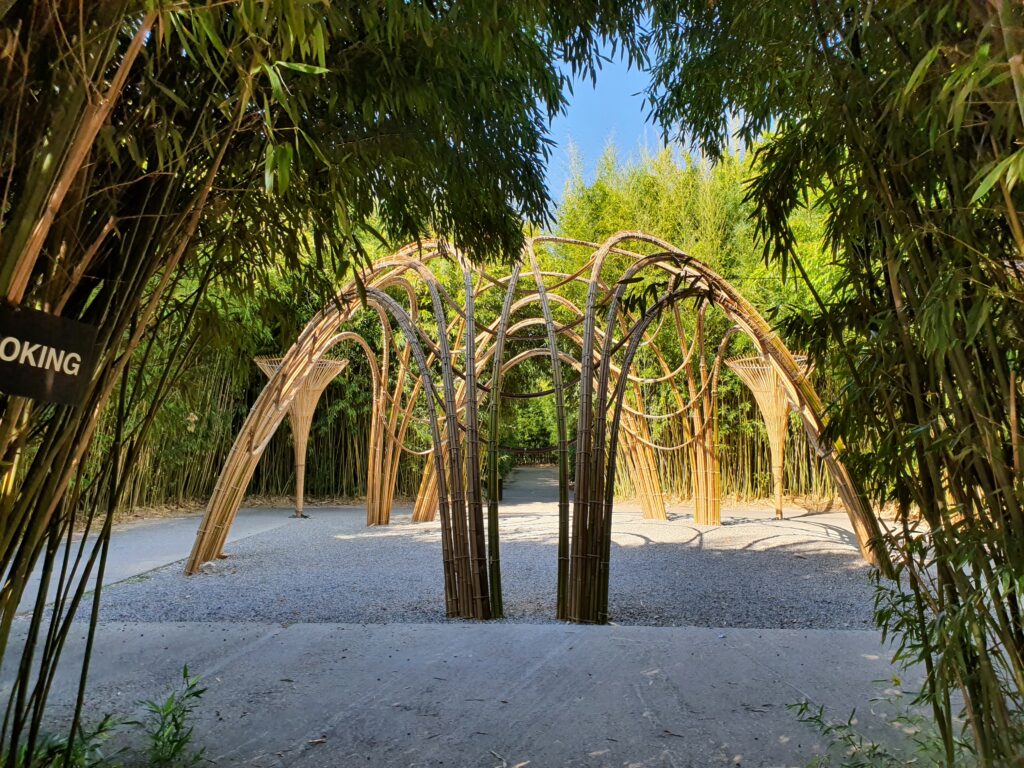
A Lasting Legacy: The Unchanging Dream of Franco Maria Ricci
In a world increasingly subject to change and ephemerality, Franco Maria Ricci’s legacy is a perpetual constellation of light in the firmament of culture and art. Although he left the earthly realm in 2020, his spirit and vision continue to resonate within the walls of the Labirinto della Masone, in the pages of his books, and in the strokes of the artworks he cherished and collected.
Ricci’s legacy is, in many ways, an alchemy of materials and ideas, forged by the fire of his passion and the meticulousness of his taste. It’s not just about physical collections, artworks, or books, but the manner in which these things have been curated, preserved, and presented to the world. He was not merely a collector or a curator; he was a true guardian of culture, a man who saw the sacredness in beauty and dedicated his life to protecting and elevating it.
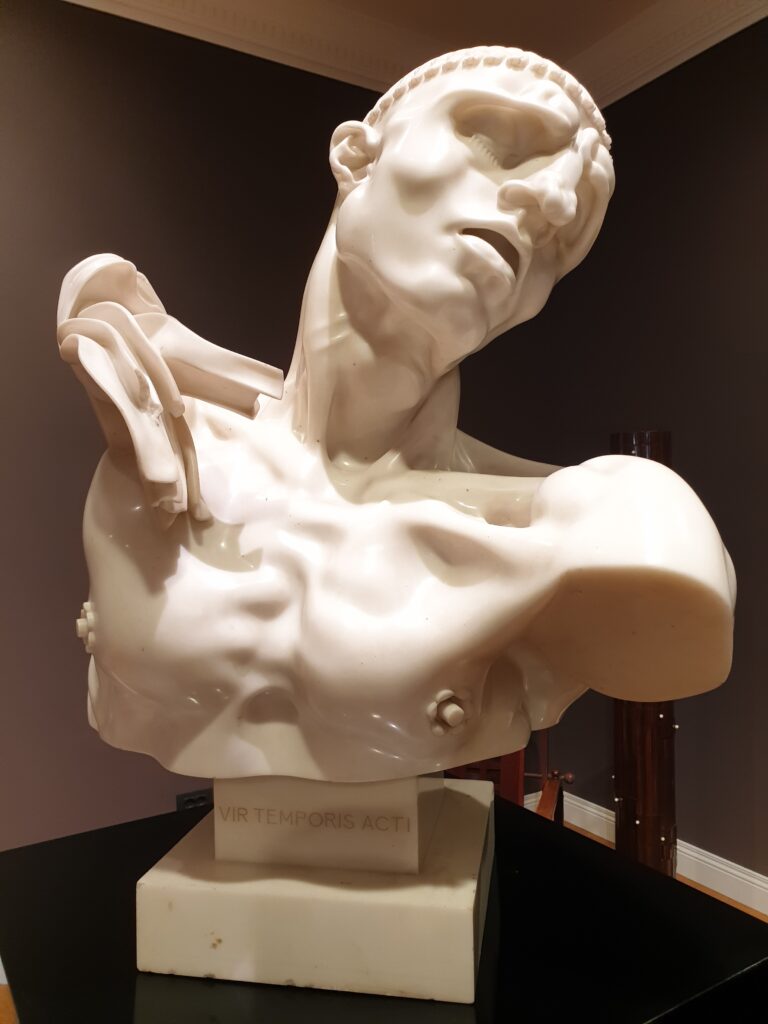
And his legacy lives on not just in the works he has left behind, but also in the people he has inspired. Artists, writers, designers, and art enthusiasts touched by his vision continue to perpetuate his spirit, both in the creation of new works and the preservation of the old. His influence extends well beyond the physical boundaries of his collections and his labyrinth; it resides in the very fabric of both Italian and global culture.
There is something almost mythological in the story of Franco Maria Ricci, a man who turned his life into a sort of comprehensive work of art, where every element, from the art collection to the design of the books, was part of a larger mosaic that spoke of his worldview. And like all great myths, his story continues to be told, reinterpreted, and celebrated.
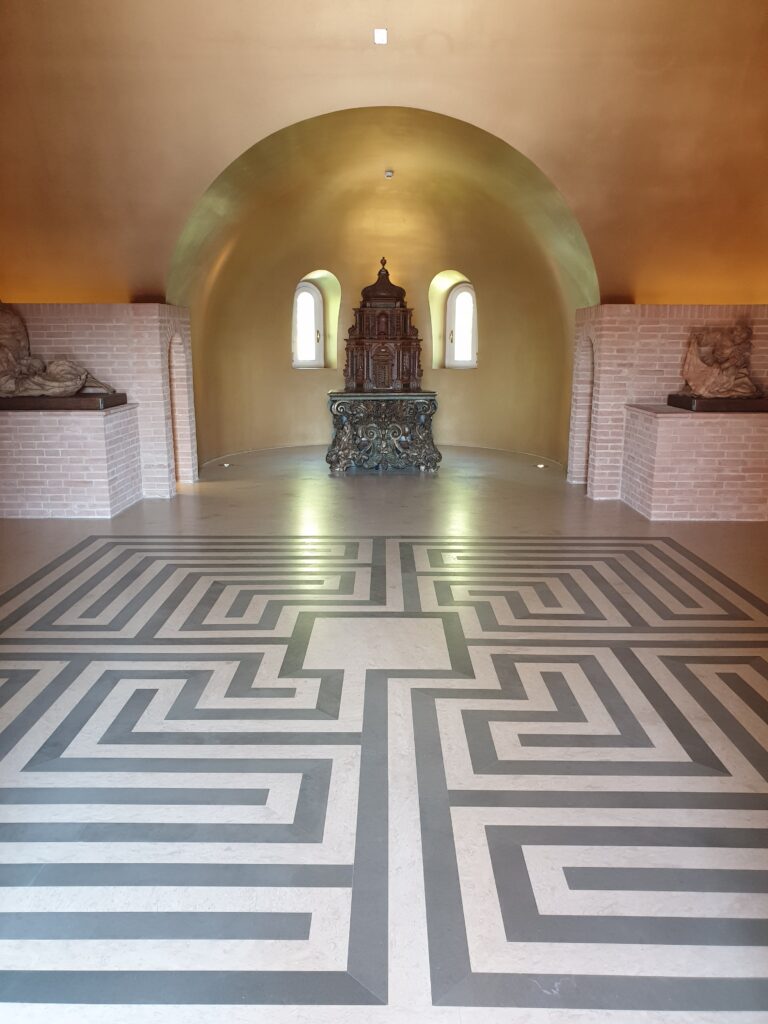
It would be easy to say that the man has disappeared, but the truth is that Franco Maria Ricci has achieved a sort of immortality. Through the Labyrinth, his collection, and the indelible imprint he has left in the hearts of those who knew and admired him, he has transcended the barrier of time. His legacy is a constant reminder of the depth of human existence, an admonition to seek and celebrate beauty in all its forms.
In a world often devoid of wonder, Franco Maria Ricci has left us a legacy that is an ode to wonder itself. A world in miniature, yet infinitely vast in its implications, that will continue to exist as an eternal symbol of his everlasting quest for beauty and meaning. And in this, his legacy will be forever immortal.

